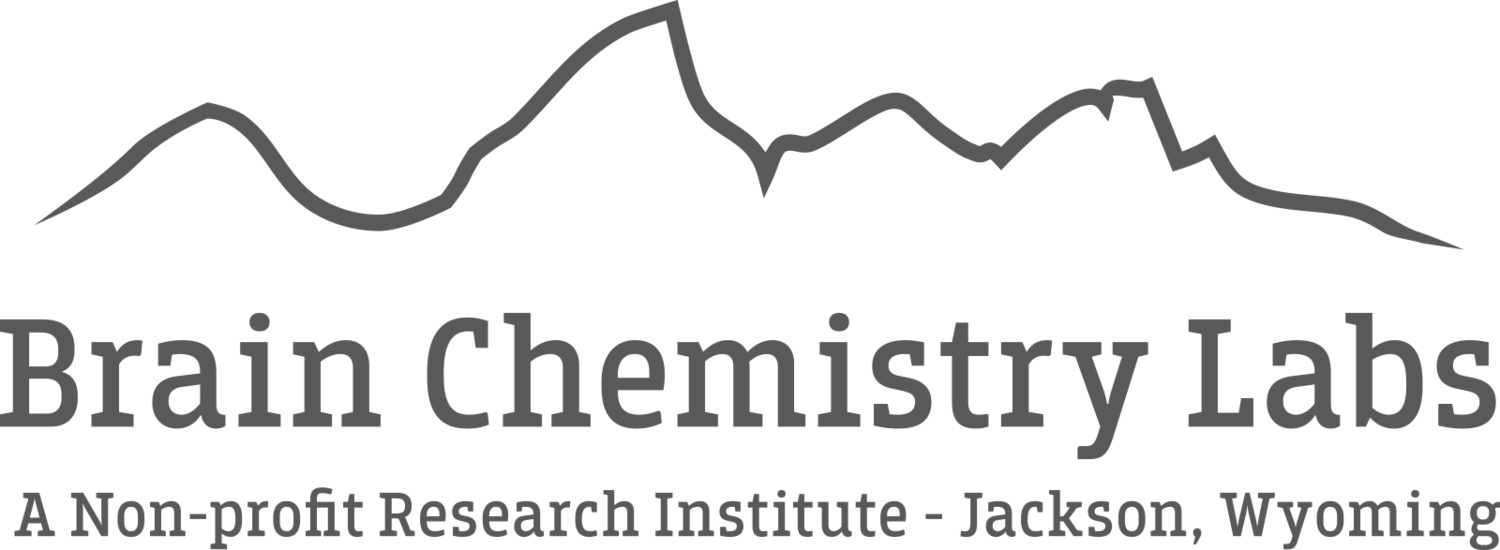Dr. James Metcalf in the Jackson, Wyoming laboratory. Photo credit: Dr. Paul Cox.
NEWS RELEASE 12-JUL-2023
Jackson Hole, Wyoming.
Dr. James Metcalf is pursuing a singular mission: developing a simple way that ordinary people can detect neurotoxins in their water supplies.
His polite manner and English accent belie his extraordinary professionalism.
With decades of training in elite institutions in the United Kingdom under his belt, Dr. Metcalf is recognized as one of the world’s top experts on water-borne toxins produced by cyanobacteria (also known as blue-green algae).
Travelling from the Thau lagoon in Southern France to coastal waters in Florida, Dr. Metcalf has collected water samples of green goo from lakes and estuaries worldwide for analysis at the Brain Chemistry Labs.
“The dream is for fishermen worried about their catch or ranchers worried about the water their cattle are drinking or even for recreation boaters or swimmers to have a simple and accurate way to test for BMAA and other neurotoxins,” Dr. Metcalf explains.
The methodologies and instrumentation in the lab are world-class but far beyond the abilities of the general population. Is it possible to invent a method of detection that does not require expensive equipment and extensive training?
The question is not academic. One toxin analyzed by Dr. Metcalf and his colleagues at the Brain Chemistry labs is of particular concern: BMAA triggers ALS and Alzheimer’s neuropathology in laboratory animals. How can individuals know if the green scum on their nearby pond or lake represents a neurological threat?
In the laboratory, Dr. Metcalf is building an immunoassay — a means of detecting a chemical through the test tube equivalent of an allergic reaction — to BMAA.
Immunoassays are routinely used to test for everything from COVID to pregnancy, but up to this point, no rugged and accurate immunoassays for BMAA have been available.
“The dream is for fishermen worried about their catch or ranchers worried about the water their cattle are drinking or even for recreation boaters or swimmers to have a simple and accurate way to test for BMAA and other neurotoxins,” Dr. Metcalf explains.
“In the laboratory, we can detect BMAA at very low levels, but I am trying to produce a simple test strip that can quickly alert an individual if a water body contains dangerous substances.”
The next steps are to prepare the technology for commercial use, a somewhat daunting task for a not-for-profit research institute like Brain Chemistry Labs.
Dr. Metcalf remains optimistic. “I am fairly confident that we can demonstrate a workable prototype for our biotech partners by the end of the summer,” he says. “It is a lot of work, but the benefit for the public will be immense.”
For further information: james@ethnomedicine.org, marya@ethnomedicine.org
307 734-1680


